Serratus Posterior Inferior Muscle
Table of Contents
Serratus Posterior Inferior Muscle Anatomy
The serratus posterior inferior is one of the muscles of the back, specifically in the thoracic region. It is part of the deeper layer of muscles in the back and is situated inferior (lower) to the serratus posterior superior muscle. The serratus posterior inferior is named for its serrated or saw-toothed appearance.
The muscle is located where the lumbar and thoracic areas converge. Its shape is irregularly quadrilateral; it is wider than the serratus posterior superior muscle and places a significant distance between the two.
The spinous processes of the upper two or three lumbar and lower two thoracic vertebrae give rise to a thin aponeurosis.
It splits into four flat digitations after becoming fleshy and obliquely passing upward and laterally. These are placed somewhat past the angles of the lowest four ribs, into their inferior borders.
The latissimus dorsi muscle’s aponeurosis and the thoracolumbar fascia are closely merged with the thin aponeurosis of origin.
Origin
Vertebrae: Spinous processes of T11 – L2.
It grows fleshy as it passes obliquely upward and laterally, dividing into four flat digitations that are placed into the inferior margins of the lower four ribs, just past their angles. The lumbodorsal fascia and the aponeurosis of the Latissimus dorsi are closely merged with the thin aponeurosis of origin.
Insertion
The inferior borders of the 9th through 12th ribs.
Nerve Supply
Intercostal nerves T9 through T12.
Blood Supply
- Posterior intercostal arteries
- Subcostal artery
- Upper lumbar arteries.
Actions
Depress the lower ribs 9-12, aiding in expiration.
The lower ribs are drawn backward and downward by the serratus posterior inferior, which helps the trunk rotate and extend. The forced expiration and inhalation of air from the lungs may also be caused by this movement of the ribs.
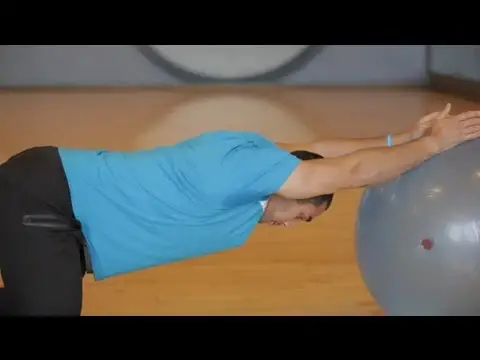

Serratus posterior inferior muscle exercise
The serratus posterior inferior muscle can be made stronger, more flexible, and more functional by exercising it. Several workouts that focus on the serratus posterior inferior are listed below:
Deep Breathing Exercises:
To involve the serratus posterior inferior in deep breathing, practice diaphragmatic breathing. Concentrate on opening up the lower region of your rib cage and filling your lungs to capacity.
Thoracic Extension Stretch:
Maintain good posture while you stand or sit.
Make a handshake behind your back.
While keeping your shoulder blades together, slowly raise and stretch your arms backward.
Feel a light stretch in the thoracic area as you hold the stretch for 15 to 30 seconds.
Seated Forward Bend with Rotation:
- take a seat on the floor.
- Stretching your legs out
- Reach your right hand toward your left foot while bending forward at the hips.
- Bring your left arm behind you as you turn your torso to the left.
- After holding the stretch for 15 to 30 seconds, switch sides.
Cat-Cow Stretch:
- Place yourself on your hands and knees
- Breathe in while you elevate your head and sink your belly in the Cow Pose.
- As you turn your back and drop your chin into your chest, release the breath (Cat Pose).
- Do the sequence ten to fifteen times.
Clinical Significance
Serratus posterior inferior muscle Pain
Soreness or tenderness in the lower back and ribcage region are common symptoms of serratus posterior inferior muscle pain, which can be an uncomfortable condition. Although very rare, there are a number of possible causes for this pain, including trauma or injury, bad posture, overuse, and muscular strain.
Treatment for Serratus Posterior Inferior Muscle Pain:
- Rest and Avoidance of Aggravating Activities
- Ice or Heat Therapy
- Stretching and Gentle Range of Motion Exercises
- Massage or Manual Therapy
- Over-the-Counter Pain Medications
- Posture Correction and Ergonomic Changes
- Physical Therapy
- Addressing Underlying Respiratory or Joint Issues
Serratus posterior inferior muscle Injury
One may experience localized pain and discomfort in the lower back and ribcage region as a result of injuries to the serratus posterior inferior muscle. Even though they are not frequent, overuse, trauma, or poor biomechanics can all lead to these kinds of conditions.
The superior and inferior serratus posterior muscles are often regarded as clinically irrelevant muscles that most likely have a respiratory function based on attachments. Interestingly, though, there isn’t any proof that these muscles have a respiratory function.
Indeed, some electromyographic findings contradict the idea that these muscles have a respiratory purpose. We propose that proprioception is the primary function of the serratus posterior muscles. Furthermore, these muscles—particularly the superior—may be more clinically relevant than is generally believed because they have been linked to myofascial pain disorders.
Low Back Pain
A common reason for lower back pain to go unnoticed is serratus posterior inferior.
Although the main function of this muscle is proprioception, it’s vital to keep in mind that it also supports the lower back by stabilizing the four lower ribs and helping to bring them down and back.
Tightness and trigger points are frequently ignored, and the serratus posterior inferior is frequently underestimated in importance.
Together with the iloicostalis, longissimus thoracis, and quadratus lumborum, the serratus posterior inferior acts.
It might potentially function as a spinal stretch receptor system in conjunction with the serratus posterior superior.
Trigger Point of Serratus Posterior Inferior
An unusual local soreness that radiates throughout the muscle can be caused by trigger points in the serratus posterior inferior muscle.
This may spread to the front of the body through the chest, over the lower ribs, and over the back.
Clients usually report this sensation as a persistent soreness.
After other trigger sites have been deactivated, persistent pain frequently persists.
serratus posterior inferior stretch
Raise your forearms to about chest height, just over your wrists.
Take a deep breath and slowly elevate them until your forehead meets the spot where the arms cross.
With a final sigh, lower your arms.
Repeat one or two times, pausing for a few moments to let yourself recover. Perform this exercise multiple times a day.
FAQ
These muscles’ primary job is to help to breathe. The serratus posterior inferior muscle depresses the ribs, while the serratus posterior superior muscle raises them. These movements are especially crucial during forced breathing.
Patients may experience severe discomfort due to this uncommon variation of the back region, which is the two-bellied serratus posterior inferior (SPI) muscle with a muscular slip. Patients usually come in with lower back discomfort, myofascial pain, radiating back pain, or signs of chronic pain syndrome.
Posterior serratus muscle
A muscle in the human body is called the posterior serratus muscle, or serratus posterior inferior muscle. muscles that attach to the spinal column from the upper extremities (also referred to serratus posterior inferior at center right). Viewed from the back, the serratus posterior inferior is red.
The posterior intercostal and subcostal arteries, which emerge from the thoracic aorta, deliver arterial blood to the serratus posterior inferior muscle. Additionally, the lumbar arteries, which are branches of the abdominal aorta, supply it.

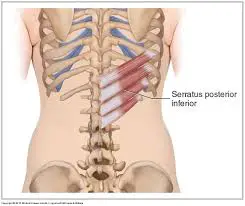
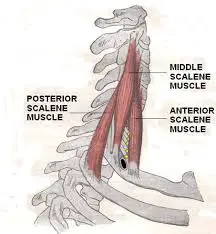
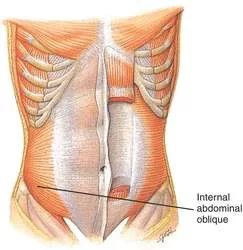
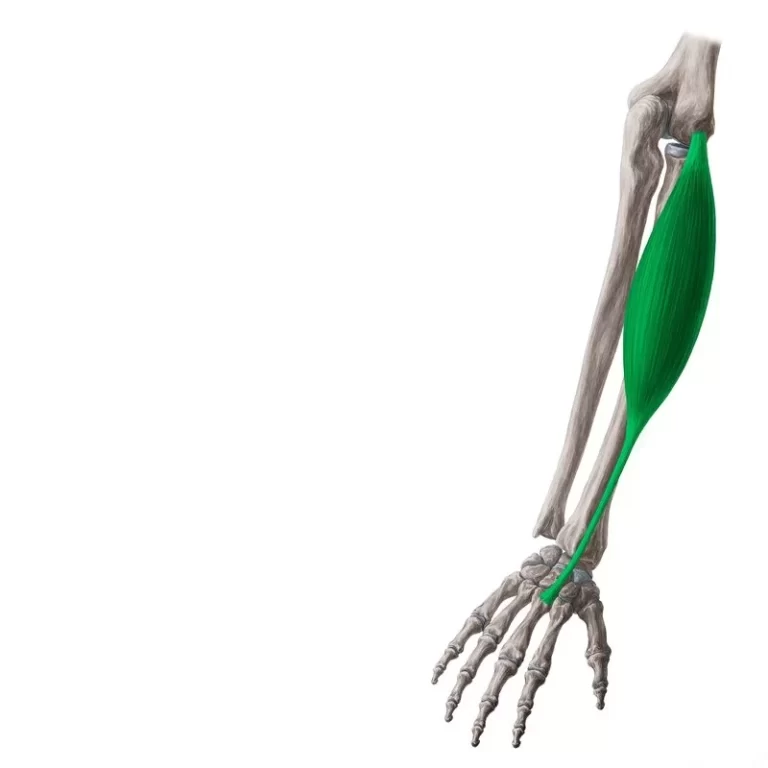
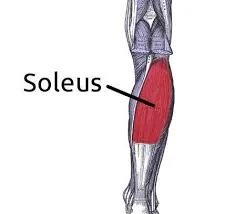
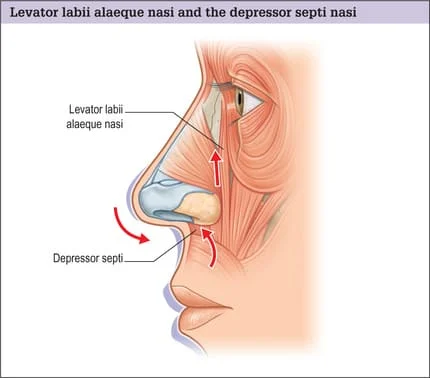
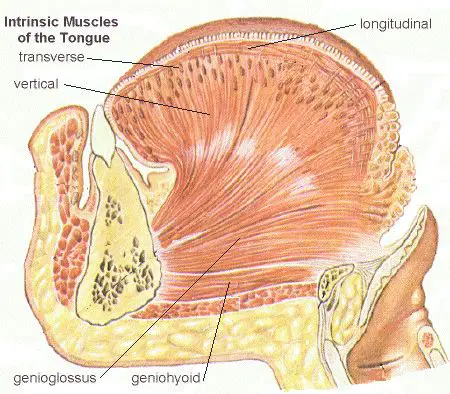
One Comment